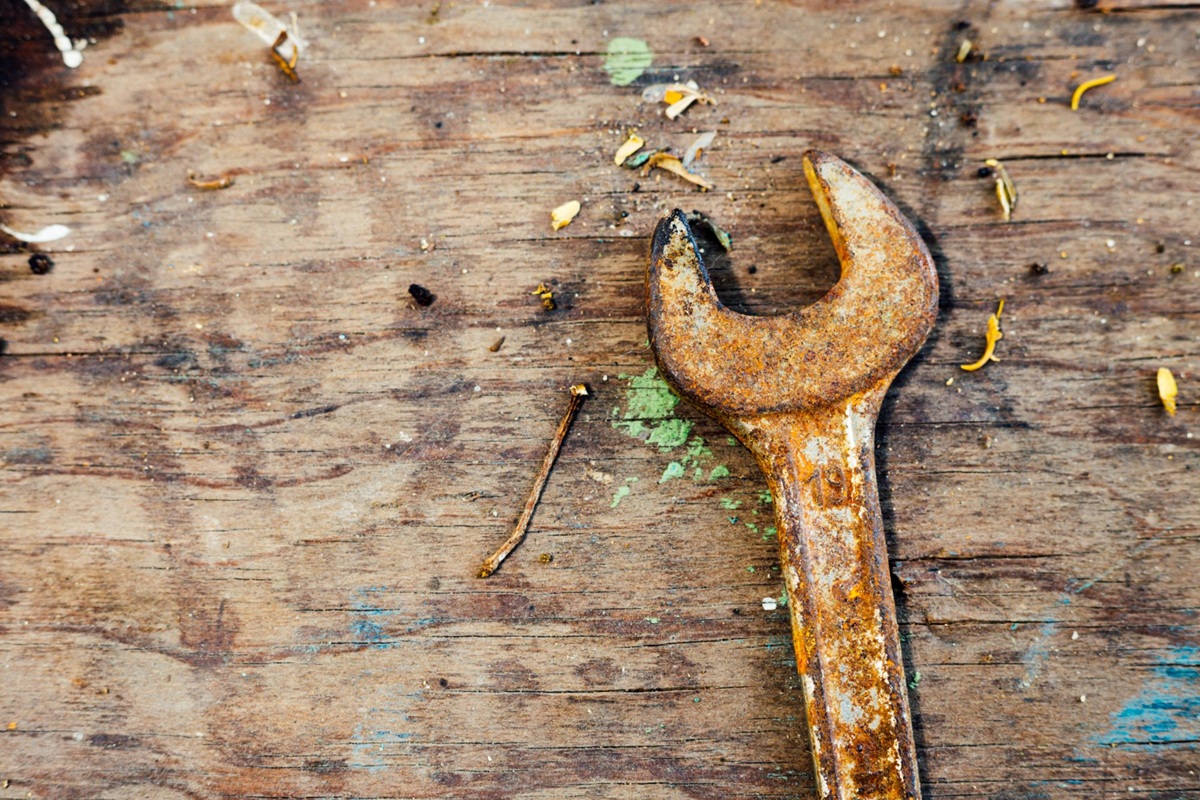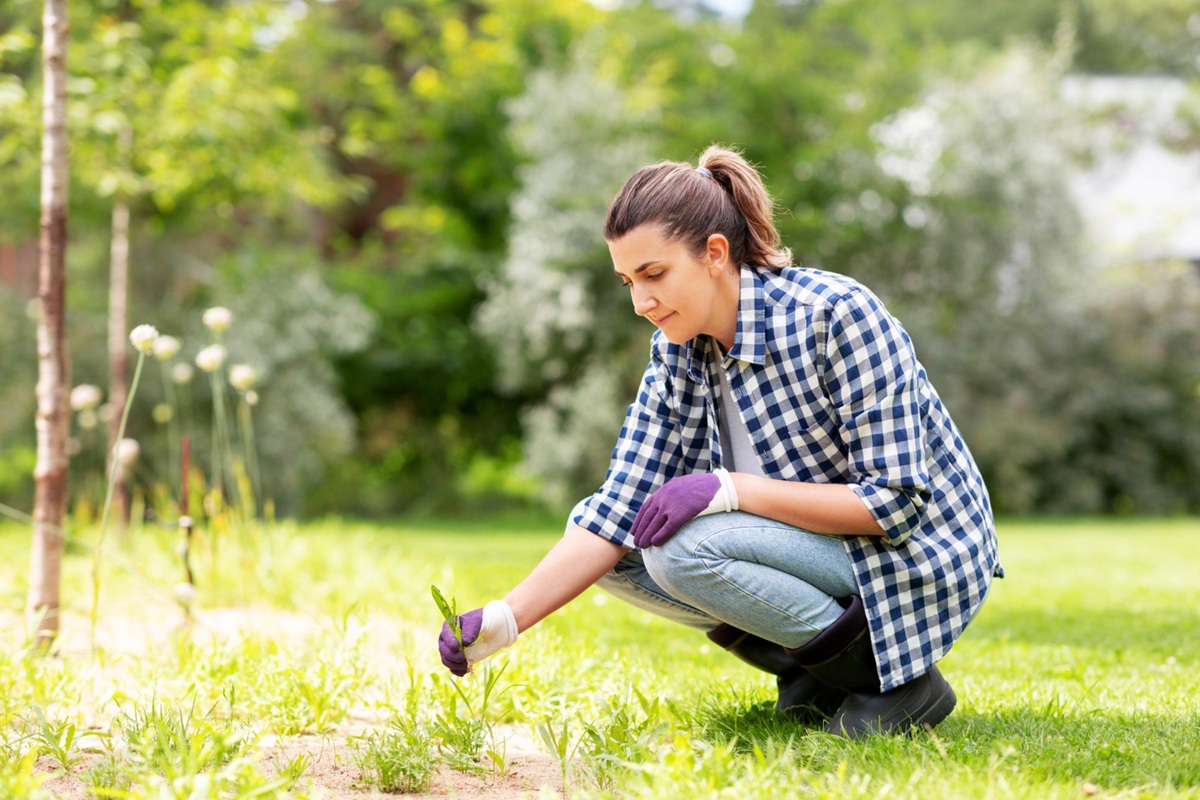You’ve probably come across forgotten metallic objects in your garage or drawer, covered in that unsightly orange substance called rust, right? Don’t worry! There’s an economical and eco-friendly solution to easily revive them at home.
This common kitchen ingredient that you use for cooking or cleaning windows can also help you restore all your old tools or metallic utensils. Follow the guide; it’s simple!
Rust details: How it attacks your metallic objects
Have you ever noticed how quickly a metal object can rust when left outside? Rust appears due to a chemical reaction known as oxidation. When moisture and air come into play, iron and oxygen react to form iron oxide, which is responsible for that reddish hue.
In very humid environments (over 75% humidity), oxidation accelerates and quickly overwhelms your metallic objects. This reaction explains why your old bike left outside or your abandoned garden tools rapidly lose their initial charm.
But rust isn’t limited to a few isolated objects. In reality, you can find it all around you:
- Kitchen utensils: knives, various blades…
- Gardening tools: pruners, rakes, and shears.
- Furniture pieces: old handles, metal grids.
Focus on the winning ingredient: why choose white vinegar?
So why rely on this ordinary food item that everyone has in their kitchen? The answer lies in its very properties! White vinegar mainly contains acetic acid, a mild acid that gradually dissolves rust to free the metal underneath.
When you immerse a rusty object in white vinegar, you essentially initiate a chemical reaction that breaks down the rust over time. The result: your object regains its authenticity after a few hours of soaking.
Practical guide to effectively remove rust
Now you’re ready to take action! Here’s how to easily clean your precious metallic objects.
Required materials
To ensure effective action, prepare:
- 1 liter of white vinegar
- An old toothbrush
- A soft cloth
- A container suitable for the size of your object (it should be fully submerged)
Make sure your object is free from dust; this small detail will facilitate the action of the vinegar.
Follow the steps step-by-step
- Fill the container with white vinegar so that it fully covers the rusty object.
- Let the object soak for 24 to 48 hours, depending on the severity of the rust.
- At the end of the soaking, remove the object and use the brush to easily scrub off the softened rust.
- Rinse with clear water and then dry thoroughly with your soft cloth to prevent future rust.
Our tips to protect your metal objects over time
With the rust removed, take a moment to protect the outcome with some simple preventative tips:
- Coat your objects with special oil or metal wax after cleaning.
- Consider using anti-rust paints suitable for metal surfaces, ideal for long-term protection.
- Always store your tools in a dry place, and maybe keep them with silica gel packets to capture any ambient moisture.
Become a DIY pro with white vinegar
And why limit the use of white vinegar to just your rusty tools? This accessible product offers a whole range of surprising possibilities for your home repairs and restorations. With it:
- Revive your cast iron kitchen utensils that have rusted.
- Quickly restore the original beauty of a rusty bicycle chain.
- Explore its other practical applications and impressive effects on different types of metals.
Your family or friends will surely be amazed when they discover your hidden talents during their next visit. So, why not share this foolproof rust removal method with them or even organize a practical workshop to restore their own items together?
Take care of your objects, discover the subtle art of clever DIY, and unleash your creativity with this accessible solution. With just white vinegar on hand, rust will now be a thing of the past. Dive into your next project right away!
Has this easy rust removal tip convinced you? Have you already tried it on some of your items? Your feedback on the effectiveness of this method is valuable! Please leave a comment with your impressions.










